When browsing job openings, you may have encountered the term “non-exempt” and wondered what it means. Understanding what “non-exempt” means on a job posting is important for both job seekers and employers, as it affects pay, working hours and legal rights.
In this guide, we’ll explain what non-exempt means, how it differs from exempt and how it affects employment.
What Does Non-Exempt Mean on a Job Posting?
Non‑exempt employees are entitled to time-and-a-half overtime pay for hours worked beyond 40 per week under the Fair Labor Standards Act, ensuring they receive at least the federal minimum wage.
Currently, most employees must meet a minimum salary threshold of $684/week (or $35,568/year) to qualify as exempt from overtime.
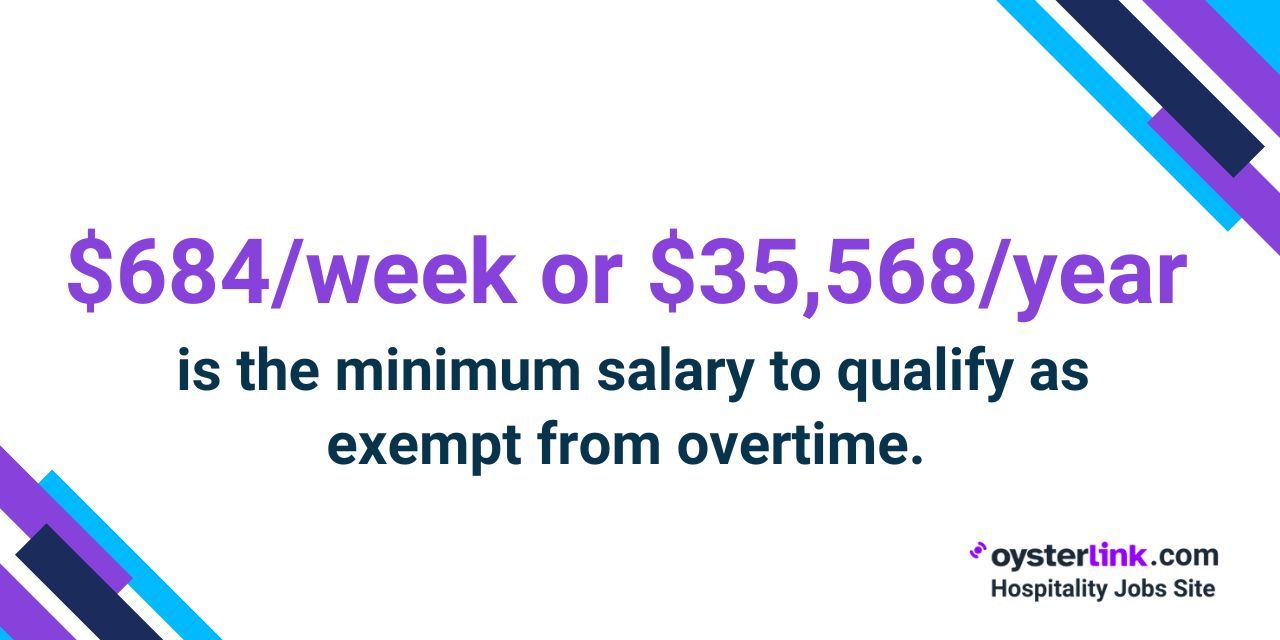
A 2024 DOL rule extended non-exempt protections to an additional 4 million U.S. workers, highlighting the growing importance of proper classification.
Key characteristics of non-exempt employees
Non-exempt employees typically:
- Are paid hourly wages
- Must be paid at least the federal minimum wage
- Are eligible for overtime pay at 1.5 times their regular rate for hours worked beyond 40 in a workweek
- Have their hours tracked and recorded by employers
Understanding these fundamental aspects of non-exempt status is essential for both employers and employees to ensure compliance with labor laws and fair compensation practices.
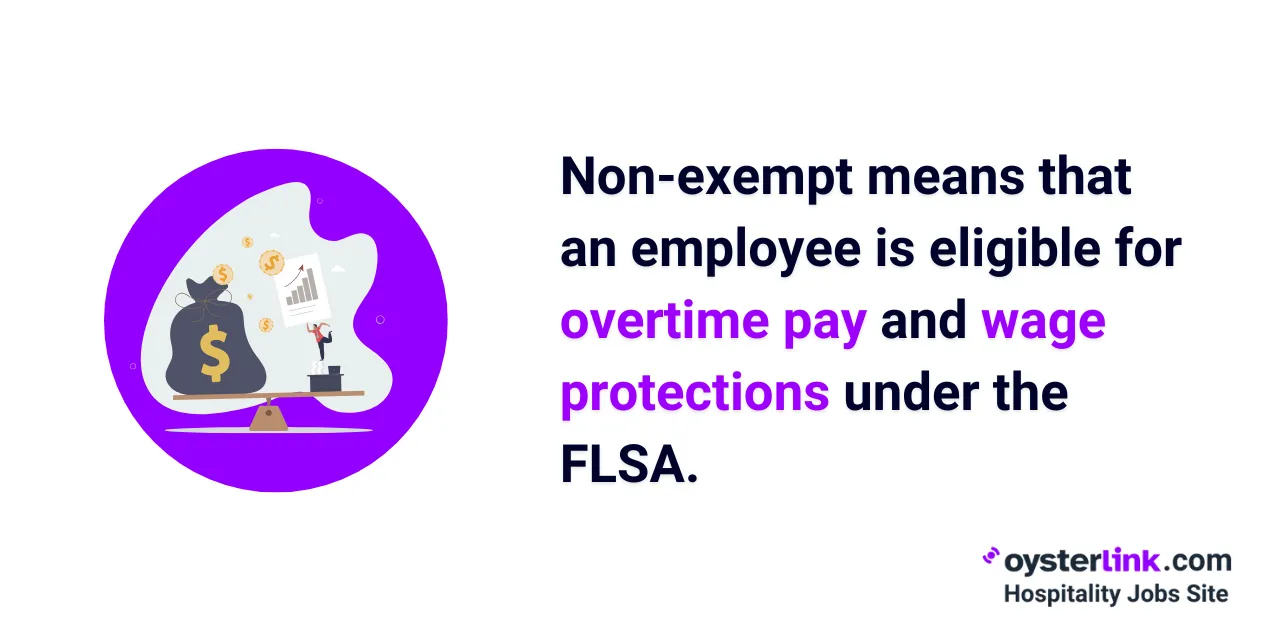
Differences Between Exempt and Non-Exempt Employees
Exempt and non-exempt classifications determine how employees are paid, their eligibility for overtime and the nature of their job responsibilities.
The table below provides a clear comparison to help both employers and employees grasp these distinctions, fostering fair workplace practices and informed decision-making.
| Category | Non-Exempt Employees | Exempt Employees |
| Eligibility for overtime pay | Entitled to overtime pay for hours worked beyond 40 in a workweek (usually 1.5x hourly rate) | Not entitled to overtime pay regardless of hours worked |
| Method of compensation | Paid hourly, with wages directly tied to hours worked | Paid a fixed salary, consistent regardless of hours worked |
| Job duties and classification | Tasks are typically production or service-oriented, closely monitored | Roles that involve using independent judgment and discretion; such as executive, administrative, professional and outside sales positions |
Identifying Non-Exempt Positions in Job Postings
When reviewing job listings, certain clues can suggest whether a role is non-exempt — such as pay structure or listed duties. While employers aren't required to state non-exempt status, many do so to promote transparency and clarify overtime eligibility.
Common language and terminology
Job postings for non-exempt positions often include phrases such as:
- Hourly position
- Eligible for overtime
- Non-exempt status
- Paid hourly rate
- Time clock required
Job duties and responsibilities
The nature of a job posting can indicate non-exempt status, especially in hospitality and service roles involving routine or manual tasks — such as retail associates, maintenance staff or administrative assistants.
These positions are subject to wage and hour laws, including overtime protections.
In 2019, over 200,000 workers recovered $322 million in unpaid overtime, underscoring the importance of proper classification.
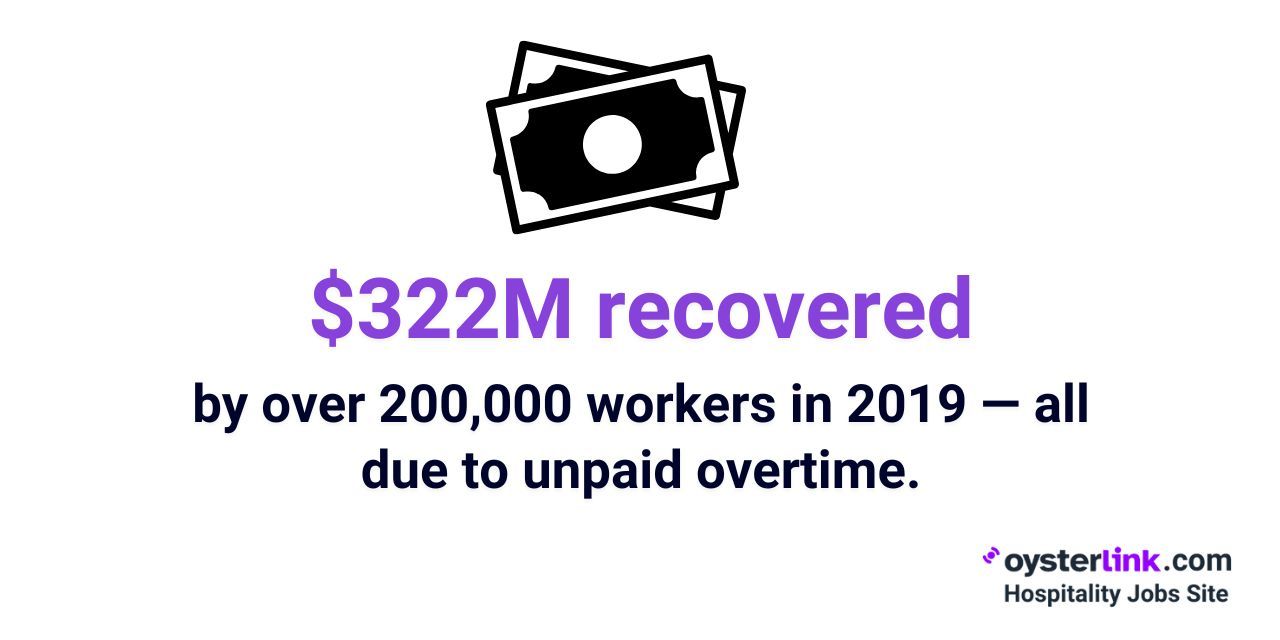
Salary vs. hourly compensation
While not definitive, the method of compensation mentioned in the job posting can also hint at non-exempt status:
- Hourly rate: Typically indicates non-exempt status
- Annual salary: May suggest exempt status, but this is not guaranteed
It’s also important to understand that some non-exempt employees may be paid a salary.
The method of payment alone does not determine exempt or non-exempt status; the specific job duties and salary threshold are key factors.
Employer Responsibilities Regarding Non-Exempt Employees
Employers have several key responsibilities when it comes to managing non-exempt employees. Adhering to these obligations is essential for maintaining legal compliance and fostering a fair work environment.
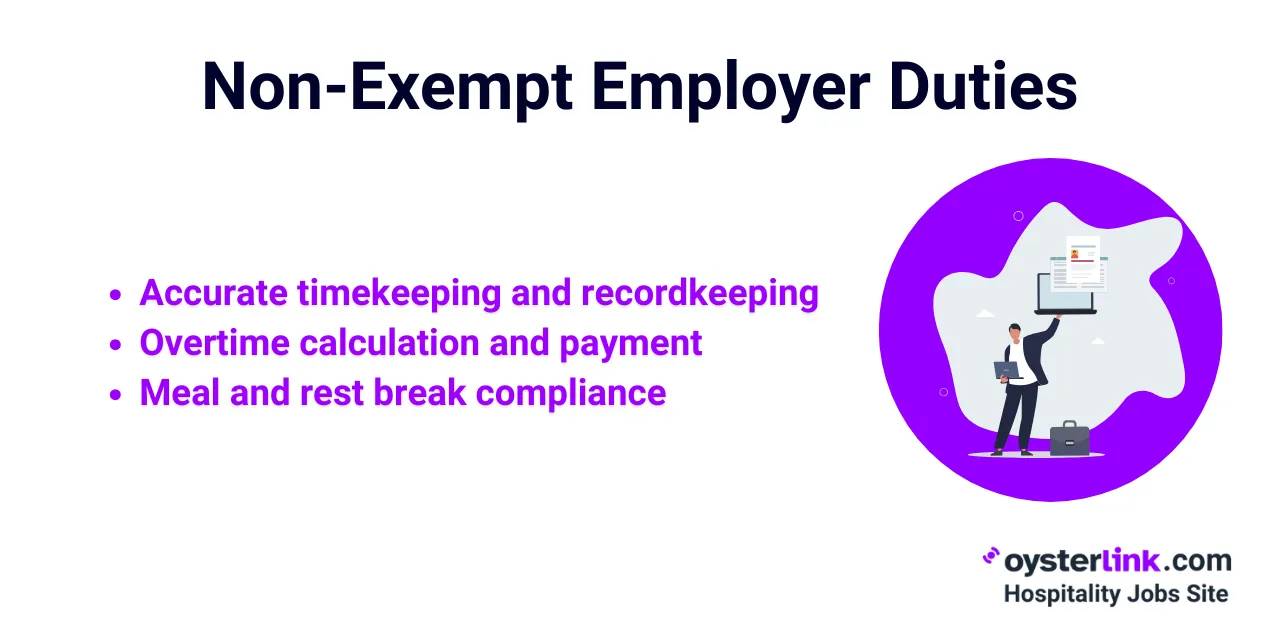
Accurate timekeeping and recordkeeping
Employers must implement systems to accurately track and record non-exempt employees' work hours. This includes:
- Maintaining daily and weekly time records
- Documenting meal breaks and rest periods
- Preserving payroll records for at least three years
Accurate timekeeping is crucial for ensuring proper overtime compensation and demonstrating compliance with wage and hour laws.
Overtime calculation and payment
Employers are responsible for correctly calculating and paying overtime to non-exempt employees. This involves:
- Determining the regular rate of pay, including all non-discretionary compensation
- Computing overtime pay at 1.5 times the regular rate for hours worked over 40 in a workweek
- Paying overtime wages promptly, typically on the regular pay date for the period in which the overtime was earned
This is especially important given that in a national study of low-wage workers, 76% of employees who worked overtime did not receive proper compensation, underscoring the widespread risks of noncompliance
Meal and rest break compliance
Many states require employers to provide non-exempt employees with meal and rest breaks. Employers must:
- Understand and comply with applicable state and local break requirements.
- Ensure that employees are relieved of all work duties during unpaid meal breaks.
- Compensate employees for any work performed during designated break periods.
Proper management of meal and rest breaks is essential for maintaining employee well-being and avoiding potential wage and hour violations.
Common Misconceptions About Non-Exempt Status
Misunderstandings about non-exempt status can lead to serious misclassification issues, exposing employers to legal risks and damaging employee trust.
Here, we debunk common myths about non-exempt status and explain why accurate classification is critical.
1. Salary vs. hourly misconception
- Myth: All salaried employees are exempt from overtime.
- Reality: The method of payment (salary vs. hourly) does not determine exempt status. Non-exempt employees can be paid a salary, provided they receive overtime pay for hours worked beyond 40 in a workweek.
2. Job title misconception
- Myth: Certain job titles automatically confer exempt status.
- Reality: While job titles can offer clues, exempt or non-exempt classification is determined by the actual job duties and responsibilities. Employers should focus on the nature of the work performed rather than relying solely on titles.
3. Managerial duties misconception
- Myth: Any employee with supervisory responsibilities qualifies as exempt.
- Reality: To qualify for the executive exemption under the FLSA, employees must meet specific criteria, including managing a department, directing the work of at least two full-time employees and having authority in hiring, firing or personnel decisions.
Why Accurate Non-Exempt Classification Matters
Ensuring employees are correctly classified as exempt or non-exempt is vital for maintaining compliance with labor laws and fostering a fair workplace.
Misclassifications, often stemming from common misconceptions, can lead to serious legal, financial and reputational risks, including:
Legal and financial risks
- Employers may be required to pay back wages, overtime, fines or penalties for misclassified employees.
- Misclassification claims can extend back two or three years (or longer in some cases) under wage and hour statutes of limitations.
Employee trust and morale
- Misclassification can create feelings of unfair treatment if employees discover they’ve been denied overtime or other protections they are entitled to.
- Low morale and mistrust can lead to decreased productivity, higher turnover and reputational harm.
Compliance and Reputation
- Demonstrating a commitment to accurate classification and legal compliance signals a responsible employer.
- Proactive compliance helps avoid costly legal battles and enhances the organization's reputation as a fair and transparent workplace.
Strategies for Hiring and Posting Non-Exempt Roles
Misclassifying employees remains a widespread issue — an estimated 10% to 30% of U.S. employers misclassify workers, putting themselves at risk of legal penalties and back wage claims.
Clear hiring and job posting practices are essential for avoiding these risks and ensuring compliance when filling non-exempt roles.
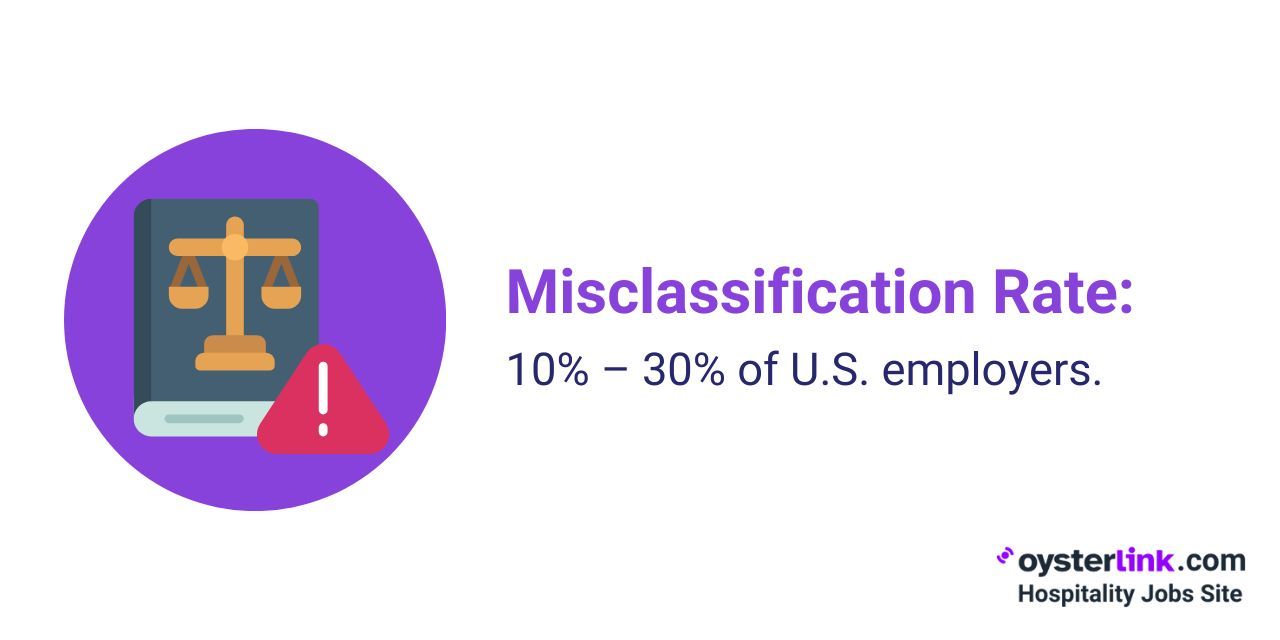
Employers can take several steps to improve clarity and alignment with FLSA requirements while also attracting qualified candidates:
- Clear communication of non-exempt status
• Include terms like “hourly,” “eligible for overtime,” or “non-exempt”
• State expected work hours and overtime eligibility
• Display an hourly rate or salary range clearly - Accurate job descriptions
• Focus on actual duties without inflating titles
• Review regularly to avoid misclassification risk
• Well-crafted descriptions help defend against legal claims - Training for hiring managers
• Educate on FLSA exempt vs. non-exempt criteria
• Highlight common classification pitfalls
• Promote best practices for interviewing non-exempt roles
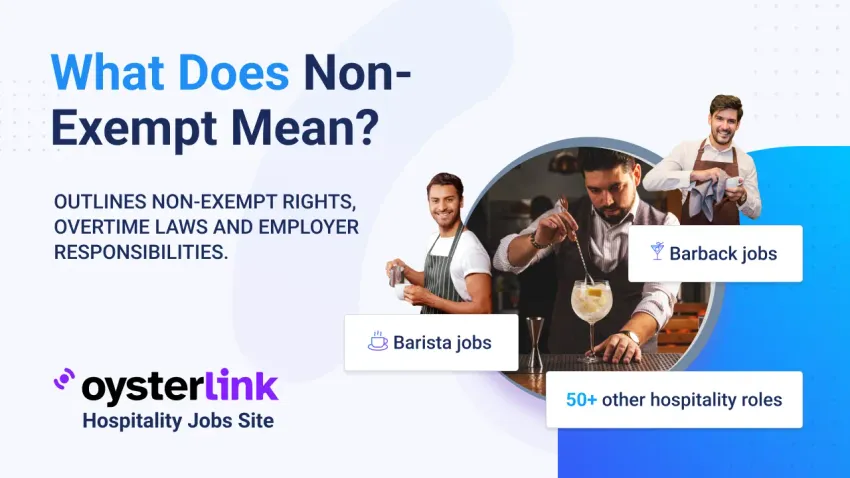







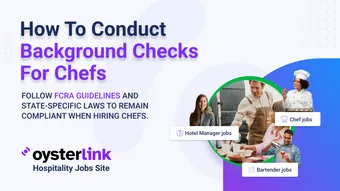


Loading comments...